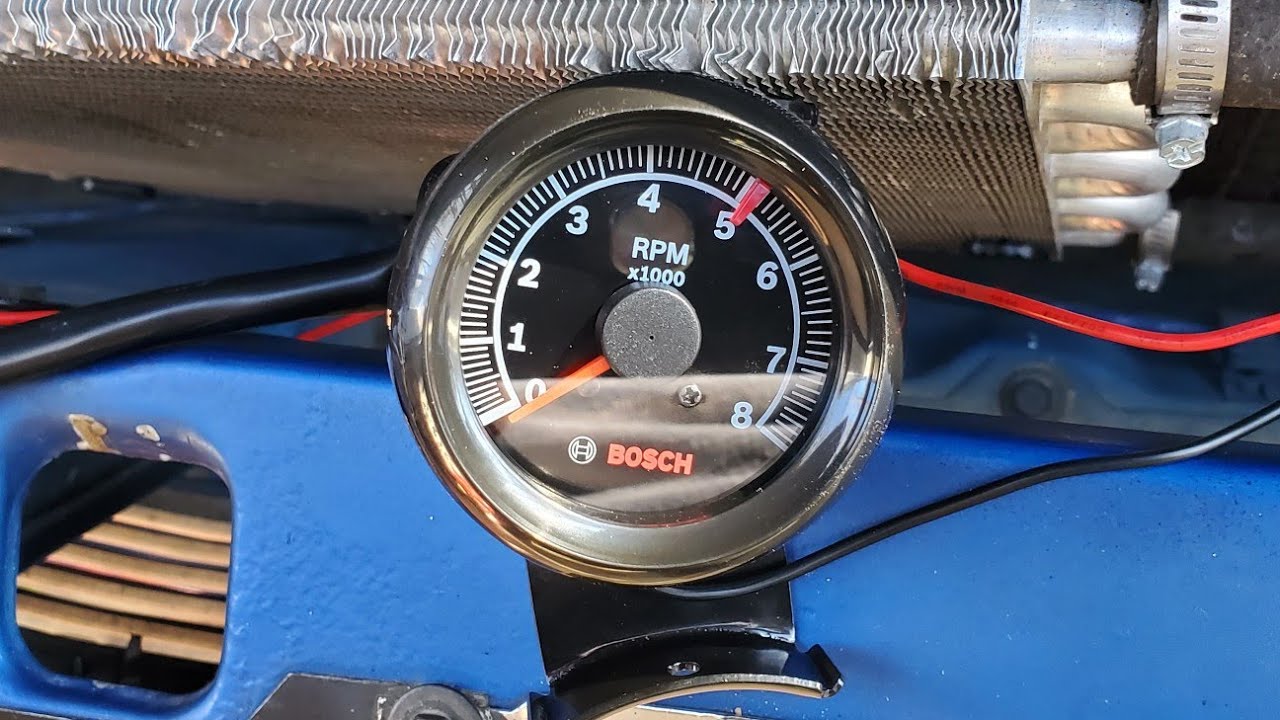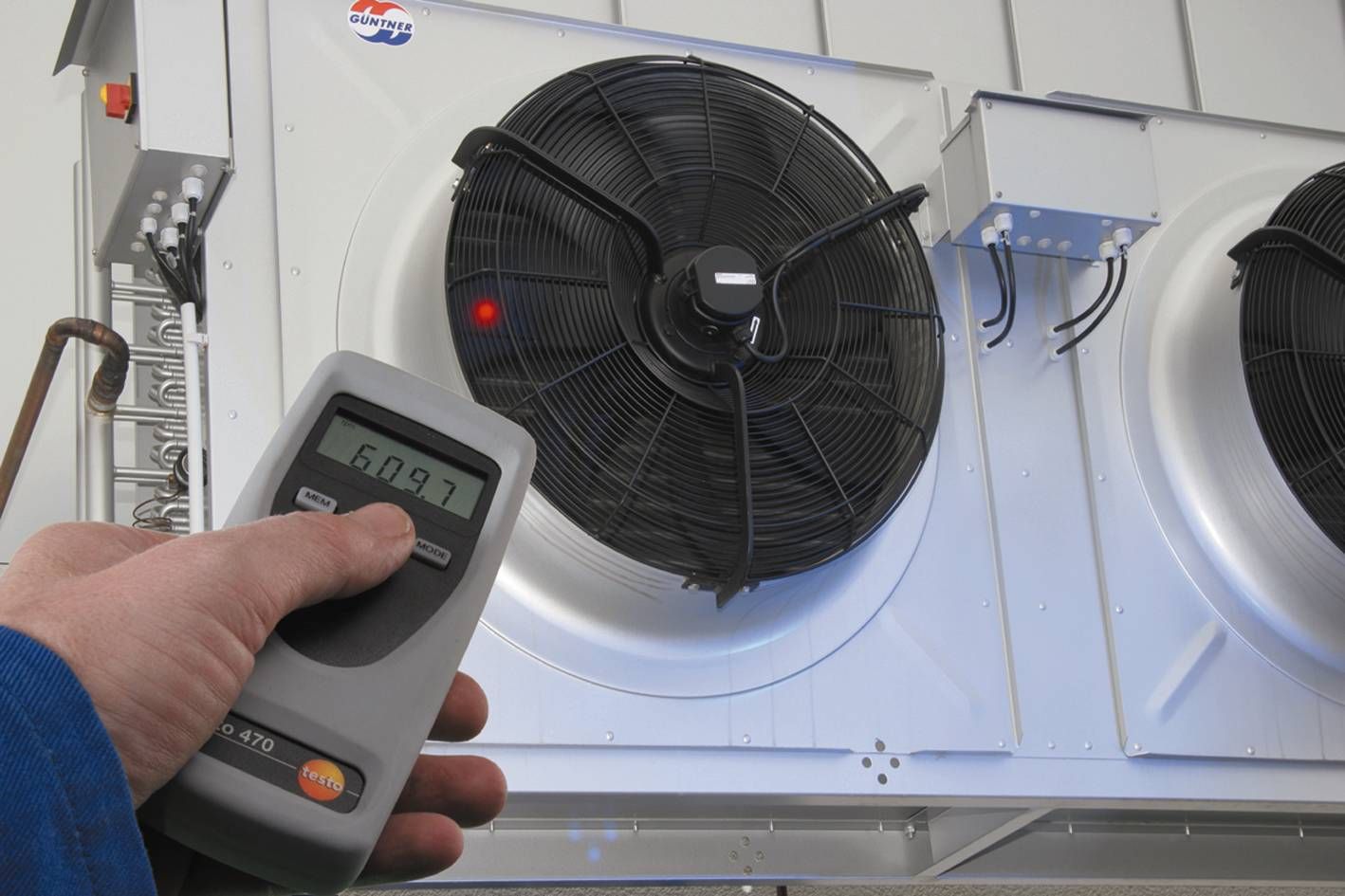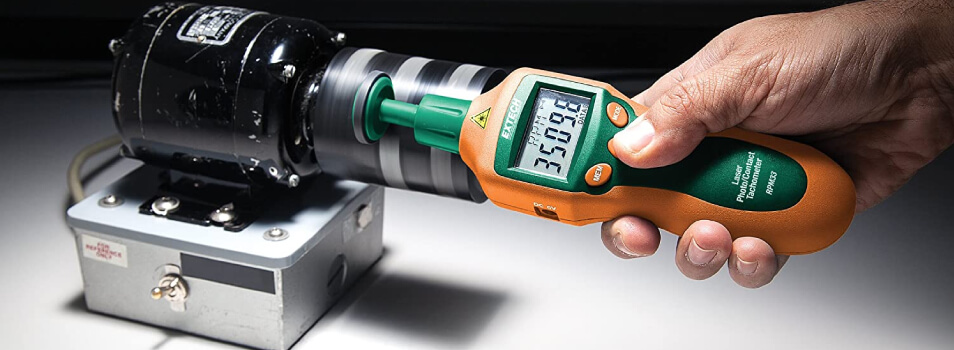
Introduction to Tachometers
The tachometer is an essential instrument in vehicles and machinery, measuring the working speed of an engine. Often referred to as a revolution-counter, this device indicates the rotations per minute (RPM). Understanding how to adjust a tachometer can help ensure its accuracy and effectiveness in providing crucial engine data.
In this article, we’ll delve into the process of adjusting a tachometer, ensuring that industry QA professionals and enthusiasts alike can grasp the fundamental steps and considerations.
Understanding the Importance of Tachometer Adjustment
Why is Proper Adjustment Vital?
Ensuring the tachometer is correctly adjusted is paramount for the optimal functioning of engines. Inaccurate readings can lead to potential engine damage, inefficient performance, and increased fuel consumption. Hence, knowing how to adjust a tachometer correctly can save time, money, and energy.
When to Adjust Your Tachometer
Routine maintenance and specific signs such as inconsistent readings and unusual engine performance should signal the need for tachometer adjustment. It’s crucial to pay attention to these signs to avoid long-term engine issues.
Tools Required for Tachometer Adjustment
Essential Tools and Equipment
Gathering the right tools is the first step. You will typically need:
- Screwdrivers
- Multimeter
- Calibration tools
- Service manual
Safety Precautions
Before starting, always ensure you have the necessary safety gear, including gloves and safety glasses. Additionally, make sure the engine is off and cool to prevent any accidents.
Step-by-Step Guide to Adjusting a Tachometer
1. Preparation
Before adjusting, ensure the vehicle or machinery is parked safely. Disconnect the battery to prevent electric shock.
2. Accessing the Tachometer
Refer to the service manual to locate the tachometer. This might involve removing the dashboard or panels for full access.
3. Initial Calibration
Connect your multimeter to the tachometer. Follow the manufacturers guidelines for initial calibration. This often involves setting the multimeter to the correct range and ensuring the readings are stable.
4. Fine-Tune the Adjustment
Using the calibration tools, adjust the settings of the tachometer while checking the readings on the multimeter. Small, incremental adjustments are recommended to achieve precision.
5. Testing
Reconnect the battery and start the engine. Observe the tachometers behavior. It should now provide accurate RPM readings. If issues persist, repeat the adjustment process.
Common Mistakes and How to Avoid Them
Overlooking the Service Manual
The service manual contains crucial information specific to the tachometer model. Ignoring it can result in improper adjustments.
Ignoring Safety Precautions
Always follow safety protocols to avoid injuries. Disconnecting the battery and using safety gear are non-negotiable steps.
Advanced Tips for Industry Professionals
Leveraging Technology for Precision
Utilizing advanced tools like digital tachometer calibrators can enhance the accuracy of your adjustments. These tools offer real-time data and greater precision.
For more on specialized equipment, visit paint inspection or genetic analysis.
Collaborating for Best Practices
Sharing insights and techniques with fellow professionals can lead to better outcomes. Join industry forums and communities to stay updated on the latest methodologies.
Maintaining the Tachometer Post-Adjustment
Routine Checks
Regularly check the tachometer to ensure it remains accurate. Routine inspections can preempt potential issues and prolong the device’s lifespan.
Keeping Up with Technological Upgrades
Continuously update your tools and knowledge to keep pace with technological advancements. Modern tachometers often come with maintenance-free features, but regular updates are still essential.
Conclusion
Ensuring Longevity and Accuracy
Knowing how to adjust a tachometer is crucial for both safety and optimal performance. By following the steps outlined here, industry QA professionals can ensure their tachometers provide accurate RPM readings.
For a deeper understanding of tachometers, you can read more on the tachometer page.

FAQ
What tools are needed for tachometer adjustment?
You will need screwdrivers, a multimeter, calibration tools, and the service manual specific to your tachometer model.
Why is tachometer adjustment important?
Proper adjustment ensures accurate RPM readings, which are crucial for engine performance and safety.
How often should tachometers be adjusted?
Routine maintenance and specific signs of error should dictate the frequency of adjustments. Regular inspections can help maintain accuracy.
